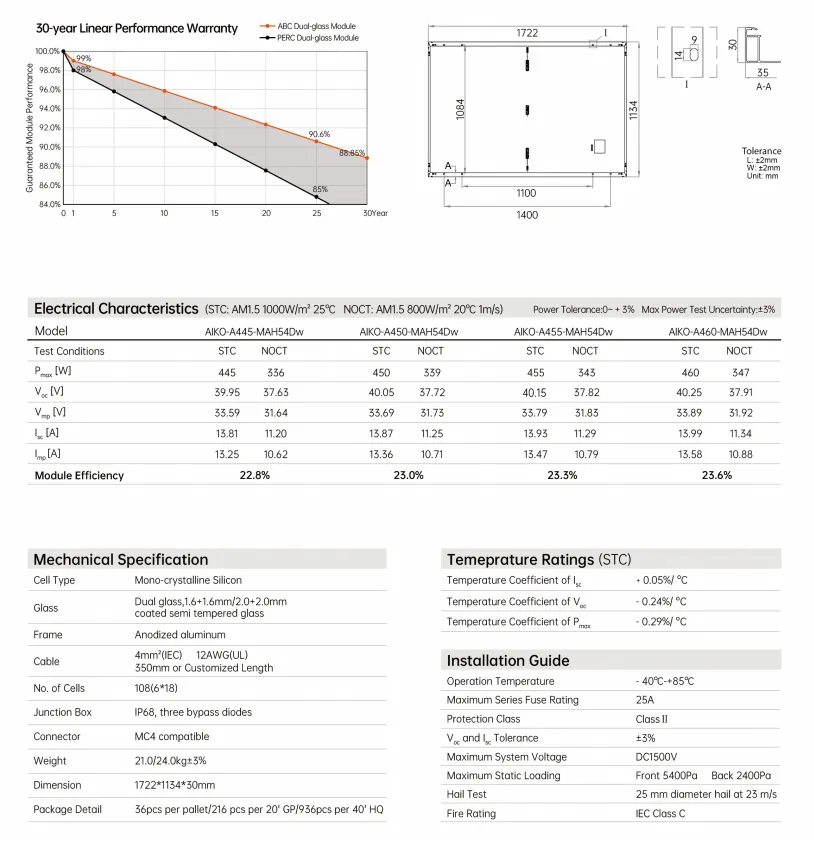hybrid inverter connection diagram
Understanding Hybrid Inverter Connection Diagrams
In the realm of renewable energy, hybrid inverters play a pivotal role in optimizing the performance of solar energy systems. A hybrid inverter can simultaneously manage energy from various sources—typically solar panels, battery storage, and the grid—allowing for efficient energy use and enhanced system reliability. Understanding hybrid inverter connection diagrams is crucial for anyone looking to design or install such systems.
What is a Hybrid Inverter?
A hybrid inverter is a sophisticated device that converts direct current (DC) electricity generated from solar panels into alternating current (AC) electricity suitable for use in homes and businesses. Unlike standard inverters, hybrid inverters can also manage battery storage systems, enabling homeowners to store excess energy generated during sunny days for use during the night or during power outages. This feature not only maximizes energy self-consumption but also provides a backup power solution.
The Connection Diagram An Overview
A hybrid inverter connection diagram visually represents the components of a solar power system, including solar panels, batteries, the inverter, and the electrical load. Understanding this diagram is essential for ensuring proper installation and functionality.
1. Solar Panels In a typical diagram, solar panels are depicted at the top. These panels capture sunlight and convert it into DC electricity. The output of the solar panels is connected to the hybrid inverter, which acts as the control center for the entire system.
2. Hybrid Inverter The hybrid inverter is the heart of the system. Arrows in the diagram may indicate the flow of electricity from the solar panels to the inverter. The inverter’s role is to alternate the DC power from the panels into AC power for home use. Additionally, it manages the charging and discharging of batteries, ensuring they receive energy when available and supplying power when needed.
hybrid inverter connection diagram

3. Battery Storage Below the hybrid inverter in the diagram, battery storage is represented. This is where excess energy generated by the solar panels is stored for later use. The connection diagram will illustrate how the inverter connects to the battery bank, allowing for bi-directional flow; this means the inverter can charge the batteries and draw from them when necessary.
4. Load and Grid Connection The diagram typically includes symbols for electrical loads, representing appliances and systems powered by the inverter. A grid connection may also be shown to depict how the system can interact with the utility grid. During peak production times, excess energy can be fed back into the grid, potentially allowing for net metering credits.
5. Monitoring and Control Systems Increasingly, hybrid inverters come with built-in monitoring systems or options for external monitoring. These features are often depicted in the connection diagram, showcasing how users can track energy production, consumption, and battery status from their smartphones or computers.
Considerations for Installation
When interpreting a hybrid inverter connection diagram, it’s important to consider several factors for proper installation
- Compatibility Ensure all components (solar panels, batteries, inverter) are compatible with one another. - Safety Follow local codes and safety regulations to prevent electrical hazards. - Sizing Properly size the inverter to match the energy requirements of your home and the capacity of your battery storage.
Conclusion
Understanding hybrid inverter connection diagrams is a fundamental aspect of designing and installing solar energy systems effectively. These diagrams serve as a blueprint for integrating renewable energy sources into our homes, maximizing efficiency, and promoting sustainability. As we continue to embrace greener technologies, mastering these concepts will enable wider adoption and more effective use of solar energy resources. Whether you are a homeowner considering an installation or a professional in the field, familiarity with hybrid inverter connection diagrams is essential for contributing to the future of energy.
-
Unlocking Energy Freedom with the Off Grid Solar InverterNewsJun.06,2025
-
Unlock More Solar Power with a High-Efficiency Bifacial Solar PanelNewsJun.06,2025
-
Power Your Future with High-Efficiency Monocrystalline Solar PanelsNewsJun.06,2025
-
Next-Gen Solar Power Starts with Micro Solar InvertersNewsJun.06,2025
-
Harnessing Peak Efficiency with the On Grid Solar InverterNewsJun.06,2025
-
Discover Unmatched Efficiency with the Latest String Solar InverterNewsJun.06,2025







